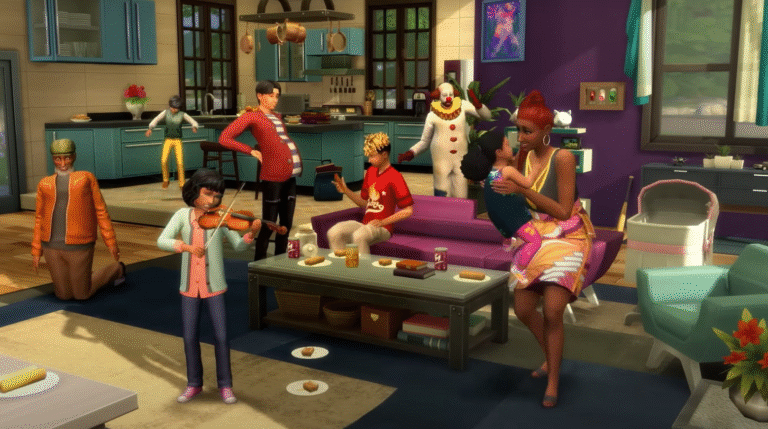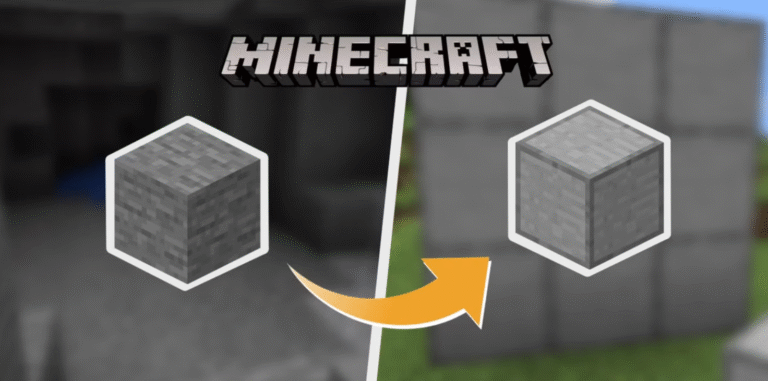
Chess is one of the world’s most popular and enduring board games. With its origins dating back over a thousand years, it has captivated minds with its blend of strategy, tactics, and psychology. Whether you’re just curious or want to become a serious player, learning how to play chess opens a door to a fascinating and intellectually rewarding world.
This comprehensive guide will introduce you to the game of chess—its rules, objectives, pieces, and basic strategies—so you can start playing with confidence.
The Objective of Chess
The main goal in chess is to checkmate your opponent’s king. Checkmate occurs when the king is under threat of capture (in check) and has no legal move to escape the threat. The game is played between two players—White and Black—who take turns moving their pieces. White always moves first.
The Chessboard and Setup
A standard chessboard has 64 squares, arranged in 8 rows (ranks) and 8 columns (files) in an alternating pattern of light and dark squares. The board is always oriented so that each player has a light square on their right-hand corner.
Each player starts with 16 pieces:
1 King
1 Queen
2 Rooks
2 Bishops
2 Knights
8 Pawns
Setup Tips
The second row (rank) from each player is filled with pawns.
Rooks go on the corners.
Knights go next to the rooks.
Bishops go next to the knights.
The queen is placed on her own color (white queen on white square).
The king takes the remaining square in the first rank.
How the Pieces Move
Each piece has its own unique way of moving:
Pawn
Moves forward one square.
On its first move, it may move forward two squares.
Captures diagonally one square forward.
Cannot move backward.
Special move: En passant (a unique capture when a pawn moves two squares from its starting position and lands beside an opponent’s pawn).
Rook
Moves any number of squares vertically or horizontally.
Cannot jump over pieces.
Knight
Moves in an L-shape: two squares in one direction and then one square perpendicular.
Only piece that can jump over other pieces.
Bishop
Moves diagonally any number of squares.
Each bishop stays on its original color throughout the game.
Queen
Combines the power of the rook and bishop.
Moves vertically, horizontally, and diagonally any number of squares.
King
Moves one square in any direction.
Special move: Castling (a joint move between the king and a rook, described below).
Special Rules and Moves
Castling
Castling allows you to move your king to safety while also bringing a rook into play. It is the only move where two pieces move simultaneously.
Requirements:
Neither the king nor the rook has moved.
No pieces are between the king and the rook.
The king is not in check, nor does it pass through or end up in check.
When castling:
Kingside: King moves two squares to the right; rook jumps over to the square next to the king.
Queenside: King moves two squares to the left; rook moves to the square next to the king.
Promotion
If a pawn reaches the far side of the board (8th rank), it can be promoted to any other piece except a king, most commonly a queen.
Check and Checkmate
Check: When the king is under immediate threat.
Checkmate: When the king cannot escape check. The game ends.
A player must move out of check; it’s illegal to remain in check.
Stalemate and Draw
Stalemate: When the player has no legal moves and is not in check—results in a draw.
Other draw situations: Insufficient material, threefold repetition, and the 50-move rule.
How to Win at Chess
To win a chess game, you can
Checkmate your opponent.
Win by resignation (opponent gives up).
Win on time in timed games.
Draws are common in evenly matched games. Winning often involves a combination of tactics, long-term strategy, and avoiding blunders.
Basic Strategy Tips
Even beginners can greatly improve their play by following some simple principles:
Control the Center
Try to control the central squares (d4, d5, e4, e5) early. These squares give your pieces maximum mobility.
Develop Your Pieces
Bring out your knights and bishops early. Avoid moving the same piece multiple times in the opening.
Protect Your King
Castle early to safeguard your king and connect your rooks.
Avoid Early Queen Attacks
Bringing your queen out too early can make it a target and slow down your development.
Think Before You Move
Always consider what your opponent can do in response to your move.
Watch for Tactics
Learn basic tactical motifs like forks, pins, skewers, and discovered attacks.
Common Mistakes to Avoid
Neglecting Development
Focusing too much on a single piece (like the queen) can leave you vulnerable.
Overextending Pawns
Too many early pawn moves can weaken your position and expose your king.
Ignoring Opponent’s Threats
Always ask: “What does my opponent want to do next?”
Hanging Pieces
Avoid leaving pieces “en prise” (undefended and capturable).
Practice and Improvement
The best way to improve at chess is through consistent play and review:
Play Regularly
Online platforms like Chess.com or Lichess.org offer free games, lessons, and puzzles.
Solve Puzzles
Chess puzzles sharpen your tactical vision and help you recognize patterns.
Study Classic Games
Watch games played by grandmasters and analyze them to learn common strategies and mistakes.
Use Opening Principles
Memorizing openings isn’t crucial at first; instead, focus on understanding why certain moves are made.
Chess Notation (Bonus for Beginners)
Chess has a universal language called algebraic notation used to record games:
Each square is identified by a letter (a–h) and number (1–8).
Pieces are abbreviated: K = King, Q = Queen, R = Rook, B = Bishop, N = Knight.
Pawn moves are written without a letter (e.g., e4).
Example: Nf3 means knight to the f3 square.
This system is useful for studying games and sharing ideas.
Learning how to play chess is both fun and rewarding. With just a few basic rules and strategies, you can dive into the game and begin enjoying friendly matches, tournaments, or online play. Whether you’re playing for fun, learning to compete, or aiming to become a master, chess offers endless possibilities for growth and intellectual challenge.



